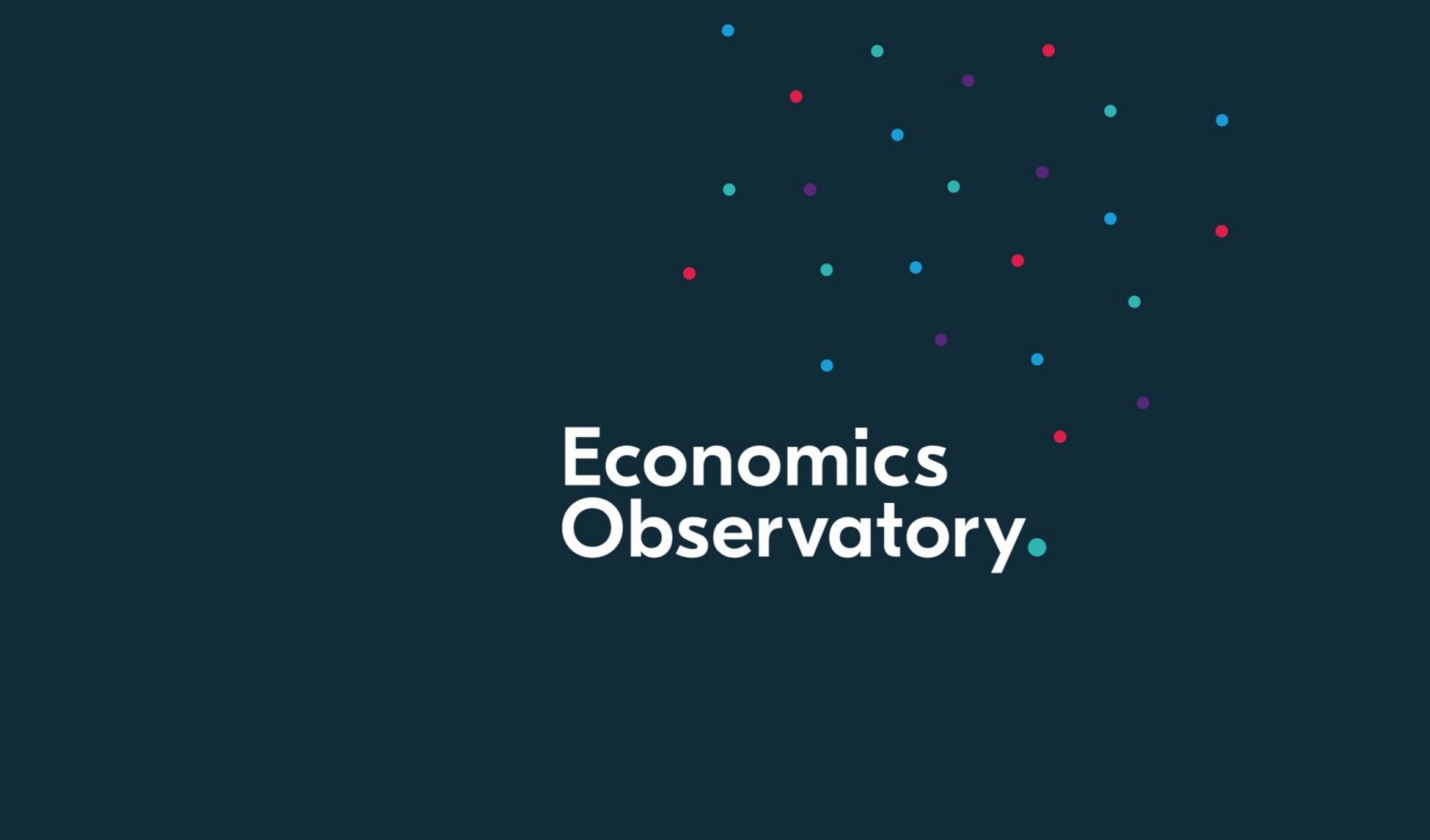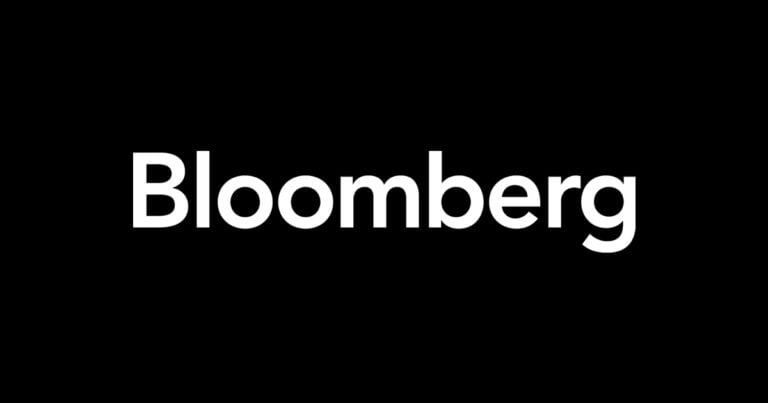What is supply chain inflation and why is it driving up consumer prices now?
The interconnectedness of global supply chains means that when one price goes up, others tend to follow. Increases in labour, energy and transport costs are contributing to inflation around the world, posing difficult policy challenges.
Back when we could travel easily, a regular announcement at airports all over the world was: ‘The airline would like to apologise for the delay to your flight. This is due to the late arrival of the incoming aircraft.’ But this essentially just says that we are late because we are late. Of course, it is true: lateness can create further lateness.
A similar phenomenon happens with prices. Prices increase because prices have increased; we experience inflation because there is inflation. While consumer price inflation has been relatively low and stable for the last 20 years, the last few months have seen a big jump in price growth alongside lots of discussions about the role of supply chain disruptions.
Increasing inflation in 2021
In December 2021, consumer prices, measured by the Consumer Prices Index (CPI), were 5.4% higher than a year previously in December 2020. This price increase (the annual rate of inflation) is up from 4.2% in the year to October 2021 and represents the highest rate since March 1992 (when it stood at 7.1%). Inflation has been increasing since last April when lockdown measures from earlier in 2021 were relaxed (see Figure 1).






